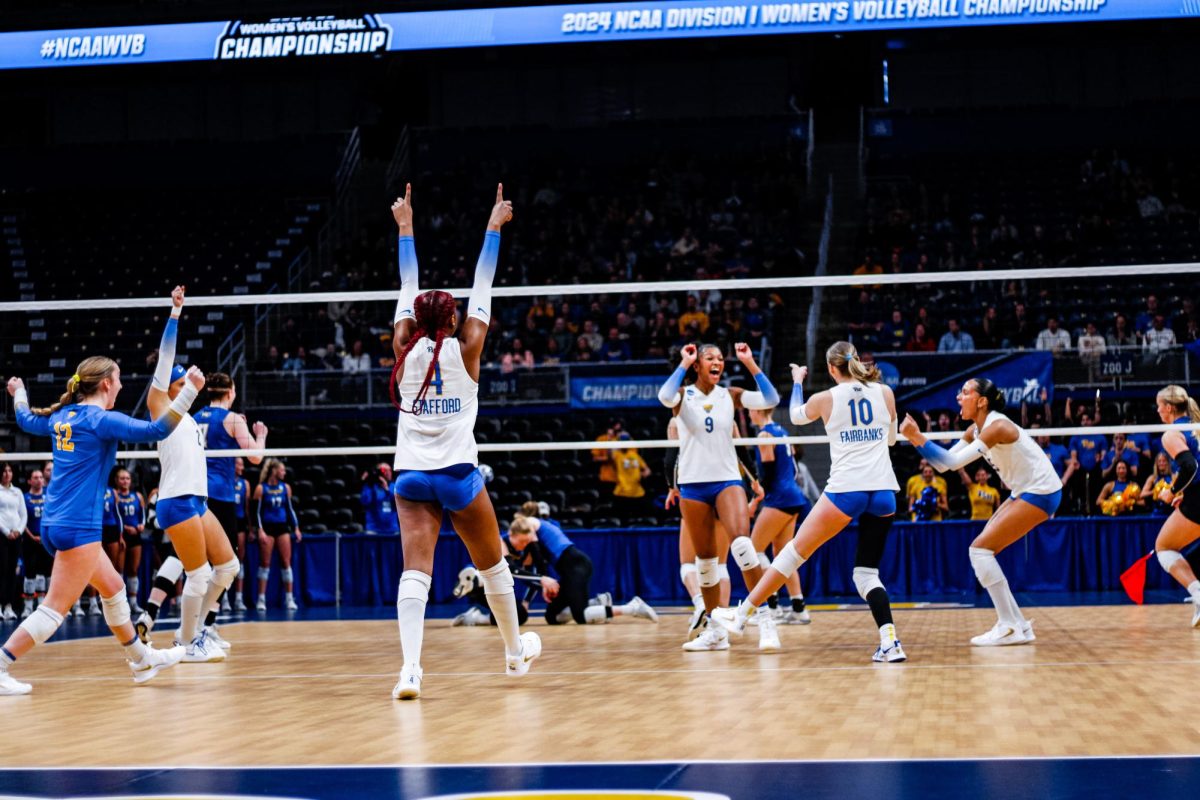Society of Astronautics and Rocketry designs first motor fit for competition
An image created by the NASA Goddard Space Flight Center in 2017 in Greenbelt, Maryland, of the dwarf galaxy NGC 4214, located around 10 million light-years away in the constellation of Canes Venatici.
September 16, 2022
The Society of Astronautics and Rocketry at Pitt successfully designed a motor that can be used in launch vehicles. This is the first time students at Pitt have designed their own motor for competitions.
Nikolas Schunn, a former chief propulsion engineer for SOAR and a senior mechanical engineering major, said they’re happy to have a working motor, and now they will tweak the motor for future competitions.
“Creating the motor was an initial achievement,” Schunn said. “The idea was that the first year would be us learning how to make one and ensuring that we can do it. Now that we made sure that we can do it, we are taking the design, making some small changes and running it in the Spaceport Competition.”
SOAR is a club at Pitt that aims to provide students with rocket engineering experience. According to Schunn, through competitions and projects, the club hopes to inspire its members to strive for a career in the rocketry field. This year, the club designed their first successful motor, and members of the club were able to test the motor at a site located in Virginia.
“You couldn’t do anything design-wise,” Schunn said. “There were a lot of people in the club interested in developing the propulsion side of the rocket, which is a really complex and difficult design. We wanted to move to the next step, which was providing an outlet for people who are interested in that and have hopes of competing in a competition called Spaceport America Cup.”
SOAR challenged themselves this year to create a motor for launch vehicles. The club wanted to compete in competitions, such as the Spaceport America Cup, which required them to build their own motor. The motor is currently in Benedum Hall and is serving as the club’s blueprint for future motors they will build.
Danijel Babic, president of SOAR and a junior mechanical engineering and physics major, said the club is integral for students who are interested in pursuing a career in aerospace engineering.
“SOAR has three branches,” Babic said. “One of those branches is Prop Lab, which designs the motor for the body. The other branch designs the rest of the rocket. We’re all in the same area because Pitt doesn’t really have an aerospace major. SOAR fills the gap for students to get hands-on work with anything related to aerospace.”
The Spaceport competition required students to develop their own motor, unlike other competitions which do not require self-made motors. According to Schunn, the most difficult part for SOAR was getting students comfortable with the subject matter.
“It’s complicated stuff, but getting people to be comfortable with working with stuff that they don’t know about is the hardest thing,” Schunn said. “All of us literally started with no information at all. It was entirely open to anybody. We tried to get as many people involved as possible. The biggest struggle is making it more accessible.”
SOAR received funding from the Students for the Exploration and Development of Space, a national college program that tries to connect students interested in aerospace with opportunities in the aerospace community. The program was able to provide the club a grant that is around $1700 a year. SOAR also received money from the Swanson School of Engineering to fund their hardware.
Stephanie Manasterski, former chief propulsion engineer and junior mechanical engineering and physics major, said most students who were involved in the project to design the motor are engineering majors. Roughly, 15 to 20 students were involved in the project. But this year, SOAR is looking to recruit art and business students to diversify their club.
“The best team members that I’ve seen are the ones that can go out and ask questions and try to find the answers themselves,” Manasterski said. “Even though they might not know what they’re doing, that is how we all start out, right?”
According to Manasterski, the process of creating a motor proved especially hard given that it required areas of engineering that are not taught in classes at Pitt.
Schunn said while the members of SOAR did not have any prior experience in creating motors, they were determined to create one through trial and error.
“I think, primarily, it was interest in the error in general. We didn’t know anything about how to make a motor or really what it would be like at that point,” Schunn said. “We sort of were like, ‘Oh, this is cool,’ and went from there. We went from looking at textbooks to going through a crap ton of papers and sort of compiling all those resources in a Google drive.”
Babic said Pitt alumni were also able to help SOAR in designing their first motor. Textbooks could only offer certain insight, whereas the industry experience of alumni proved to be substantial, according to Babic.
“Our industry advisors were also a part of the student rocketry club when they were in the University,” Babic said. “They have these tips that you do not learn until you do it. They were really helpful in guiding us that way because researching things on your own only provides the textbook answer to problems. But with experience, I think they were able to help us out a lot.”



